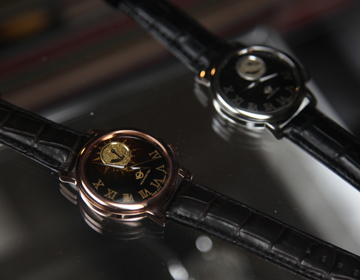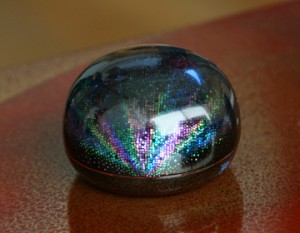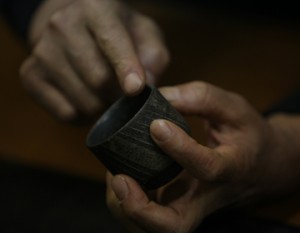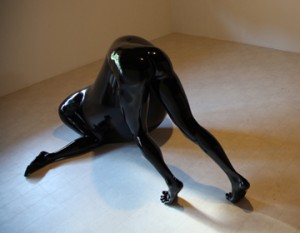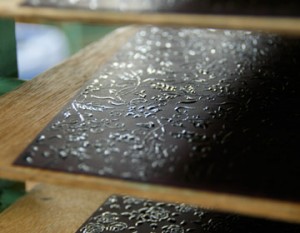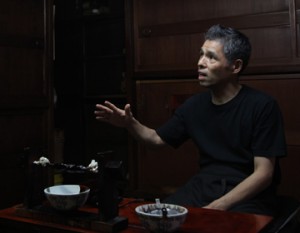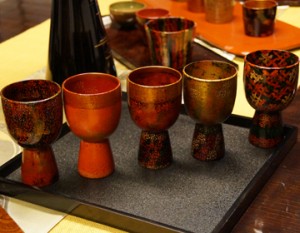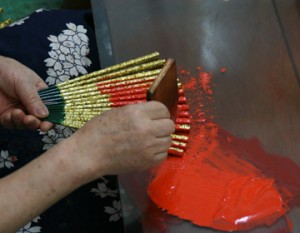Olympic Medal decorated with lacquer and cloisonné
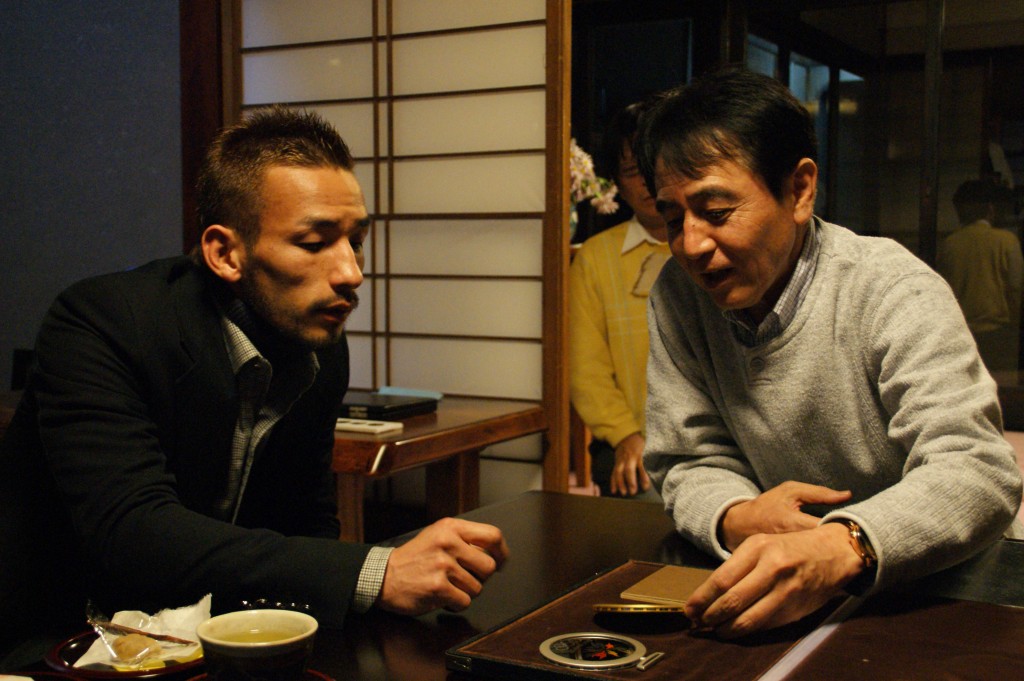
Did you know that somewhat unusual medals were presented at the 1988 Nagano Olympics? In fact, Kiso lacquer was used as the material, with gold lacquer art used in the middle and the tournament emblem made of cloisonné on the back. It was to appeal ”Japaneseness” to the world.
The person who came up with the idea of this lacquered medal is Takeshi Ito, who owns a lacquerware shop in Kiso Hirasawa, Shiojiri City. Ito learned the technique of gold lacquer art under Shougyo Ohba, who is a Living National Treasure. He later took on the family business ”Marumata Shikki Boutique” and started working as a craftsman.
While searching for new possibilities of lacquer, he developed the technology of attaching lacquer to metal material with Seiko Epson Corporation (former Suwa Seikosha).
And before the opening of Nagano Olympics, he used this technology and devised the lacquerware medal. It was praised as the most beautiful Olympic medal ever made.
Attaching lacquer to metal
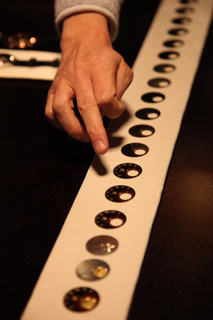
Lacquer medal making technology has been progressing since then. In 2004, Ito produced a watch with lacquer art face, and it was highly praised at the world’s largest watch fair in Basel, Switzerland. Last year, he developed and produced a watch using 5 different lacquer art techniques with the cooperation from two local companies.
At the workshop, we had the opportunity to observe watch panels in progress. Starting out from a small brass disk, it takes about 30 steps before completion. First, lacquer is baked onto the metal, polished, and dried after another coat is applied. Among the process, there is lacquer art drawing, and some other unique techniques for making watches. Watch making requires preciseness, and one has to depend on his skill and intuition.
”Does the time required to dry lacquer differ, if the base is wood instead of metal?”, Nakata asked.
”To adhere lacquer to metal surface, it is baked in furnace for 2 hours and a half. After that, the drying time is same as wooden base.” Ito replies.
Ito is seeking new ways to express lacquer, and is producing products which are fusion of traditional lacquer crafts and state-of-the-art precision of machinery.



